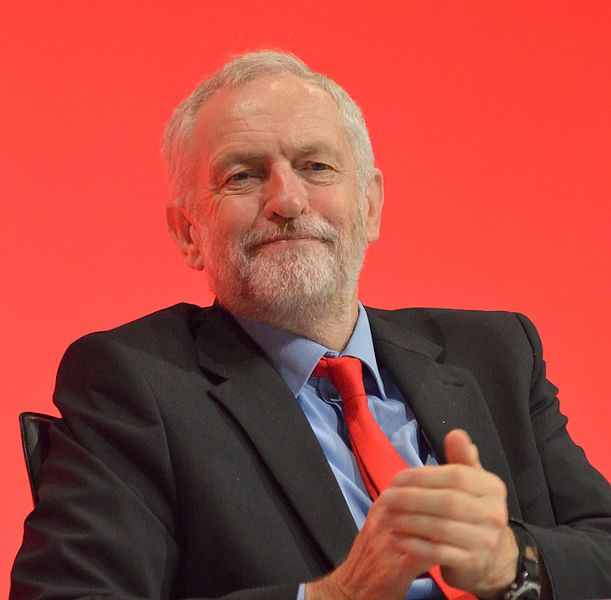27 November 2019 | ANALYSIS
In contrast to the Labour Manifesto, the Conservative offering barely increases total day-to-day spending. It’s not that the Conservative Party is planning to return to austerity or eliminate the government deficit – the Tories have definitely moved on from those days. It’s just that the difference in spending between the two main parties is breathtaking.
We literally have two different manifestos for two different countries.
The upshot is that for every pound of extra day-to-day spending the Tories are promising, Labour are promising to spend an extra £28.
And that’s before one adds on the cost of providing extra money for women denied state pensions – the so-called WASPI women – which was not costed in the Labour Manifesto, but is said to amount to an extra £58 billion.
Both Labour and the Liberal Democrats are promising various policies that would increase day-to-day spending by tens of billions of pounds a year. By contrast, the Tory figures are minuscule.
If you take the entire set of Tory spending plans (just under £3 billion extra by 2023/24), it adds up to less, in terms of the increase in current spending, than one sub-policy of Labour’s education plans (£3.3 billion) for Further Education funding.
Some may well argue that the impact of austerity must be reversed. But the right direction of travel is crucial for a sound and functioning economy.
The Tories plan to spend as much as £100 billion extra on new investment projects, such as road and rail developments and new hospitals, and given the disastrous reception of their 2017 manifesto, perhaps that’s to be expected.
But the striking thing about this Manifesto is that, while they have thrown away their old Osborne/Hammond-era fiscal rules and replaced them with new versions that are considerably less strict, the Conservatives have restrained themselves from the splurge that some expected.
The costings document produced alongside this Manifesto looked a lot like a Budget, with year-by-year spending and revenue projections much like those produced by the Treasury.
This is not, of course, a matter of coincidence – it is essentially the very same Budget that Chancellor Sajid Javid wanted to deliver earlier this month, but was cancelled when the election was called.
The big question is whether this restraint is something that voters will welcome on the doorstep, or whether they will be tempted by the different vision for the country offered up by Mr Corbyn. The spending figures have been crunched by City economists and they show that the Conservatives would spend an extra £2.9 billion by 2023/24, while the Liberal Democrats plan to spend £48.2 billion.
But compare that with a whopping £82.9 billion spend from the Labour Party, and you have to ask yourself: if the people that Labour seem to regard as ‘The Rich’ – i.e. those earning £80,000 or more – leave Britain to avoid higher taxation, then where on earth will all this extra money come from?

























